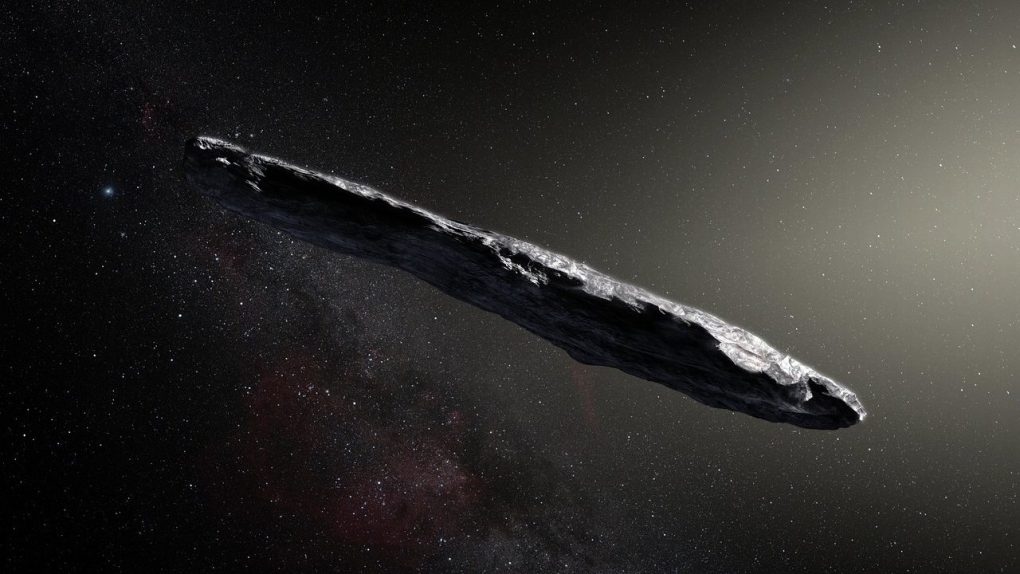When a bizarre, speedy object cruised through our solar system back in 2017 it seemed that everyone in the astronomy world took notice. It was quickly discovered that the object, dubbed Oumuamua, had come from outside of our own solar system, making it the first interstellar object ever detected by humans. That’s pretty exciting stuff all on its own, but once scientists agreed that it was a foreign body the long and complicated task of identifying it began, and four years later it still hasn’t stopped.
Researchers could only learn so much about the object due to its speed and the time when it was spotted. The object was already headed back out of our system when scientists first trained their equipment to observe it, so we only know a few things for sure. For one, it was shaped like a cigar or perhaps a pancake (either way, it had a skinny profile when viewed from the side), and it was speeding up as it exited our system. Both of those things left scientists scratching their heads, but a new study suggests the possible origins of the object, and it’s definitely worth some consideration.
As Guardian reports, the researchers behind a pair of new papers published by the American Geophysical Union believe that Oumuamua was a chunk of another world. The visitor, they say, was probably shaped like a cookie, and it’s likely that it was a piece of a planet like Pluto that had somehow broken free and was sent flying into space.
That might sound like a wild theory, and I suppose it is, but the scientists have a very good reason for believing it is plausible. The fact that Oumuamua accelerated as it left our solar system is perhaps the strangest thing about it. When objects move away from the Sun they always slow down due to the intense pull of gravity, but not Oumuamua. The fact that it sped up as it left sparked many theories about its origins, including the possibility that it was some sort of alien spacecraft or probe, or maybe a discarded piece of alien space trash.
The team behind this study thought about it a bit differently. The acceleration, they say, was probably due to the object having a high concentration of nitrogen ice. As the nitrogen sublimated into a gas, as it was being heated up by the Sun, it was able to speed up but not leave a visible tail like a comet, the researchers believe.
Unfortunately, this is one of those curious questions that will probably never be conclusively answered. Oumuamua is already headed out of our solar system and is too far away for it to be observed by any modern telescope. It’s long gone, and all we have to go on is what we’ve already observed, which, sadly, isn’t much. The only way we’d know exactly what it is is if it really was an alien spacecraft and it decided to come back for a second visit.








